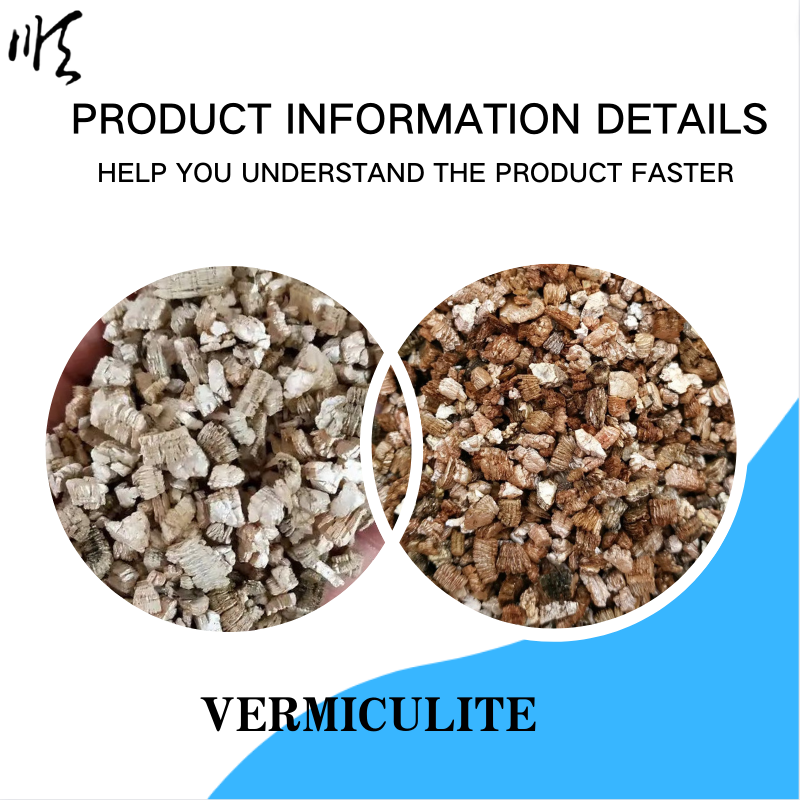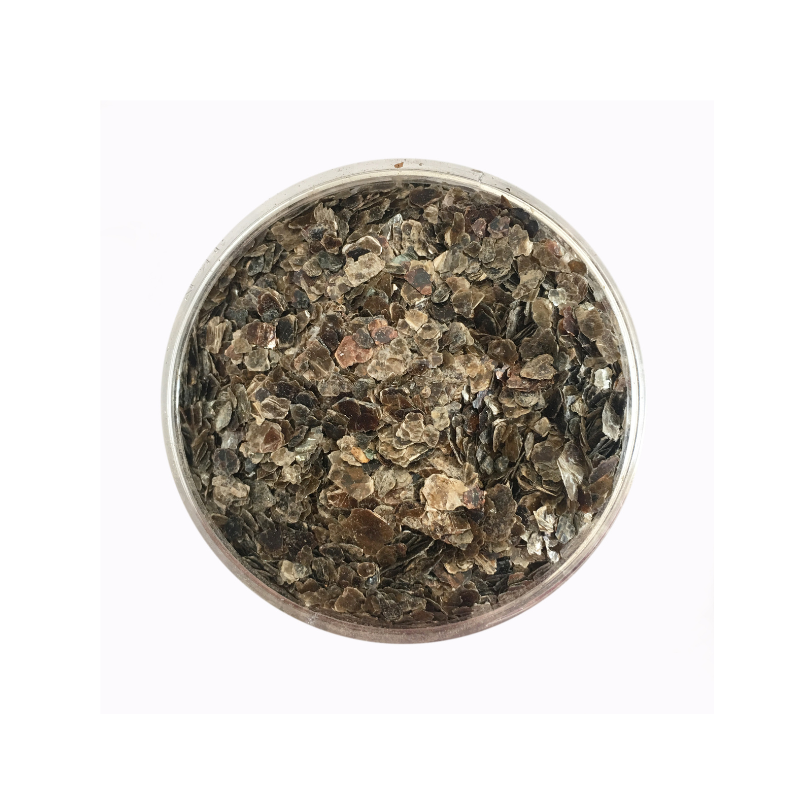
1 月 . 26, 2025 08:45
Back to list
Manufacturers supply micro silica powder construction chemical electronic medicine special
Silica fume, also known as microsilica, has emerged as a transformative material in the construction industry, particularly when used in concrete mixes. This ultrafine powder, a byproduct of silicon and ferrosilicon alloy production, is lauded for its ability to enhance the properties of concrete, making it an invaluable component in high-performance construction projects.
Environmental sustainability is another critical factor where silica fume makes a positive impact. As a recycled industrial byproduct, its use in concrete diverts waste from landfills and reduces the carbon footprint associated with cement production. This aspect not only bolsters its acceptance as an environmentally responsible material choice but also aligns with the growing demand for sustainable construction practices. Experts recommend careful proportioning and quality control when incorporating silica fume in a concrete mix. Its high surface area and density require precise calibration to avoid issues such as reduced workability. Builders often employ superplasticizers in conjunction with silica fume to maintain fluidity and ensure a uniform mix without segregation. In recent years, the application of silica fume has seen innovative advancements beyond traditional concrete. Research is ongoing into its use in ultra-high-performance concrete (UHPC) and self-healing concrete technologies. UHPC, with its remarkable mechanical properties, owes part of its superior performance to silica fume. Meanwhile, in the realm of self-healing concrete, silica fume contributes to the formation of more C-S-H, which is instrumental in sealing micro-cracks that develop over time. Silica fume has thus firmly positioned itself as a vital component in modern engineering practices. Its contributions to the strength, durability, and sustainability of concrete ensure its continued importance. Construction professionals and engineers can rely on silica fume's proven track record and ongoing innovation to meet the demands of today's complex construction challenges while preparing for the future.


Environmental sustainability is another critical factor where silica fume makes a positive impact. As a recycled industrial byproduct, its use in concrete diverts waste from landfills and reduces the carbon footprint associated with cement production. This aspect not only bolsters its acceptance as an environmentally responsible material choice but also aligns with the growing demand for sustainable construction practices. Experts recommend careful proportioning and quality control when incorporating silica fume in a concrete mix. Its high surface area and density require precise calibration to avoid issues such as reduced workability. Builders often employ superplasticizers in conjunction with silica fume to maintain fluidity and ensure a uniform mix without segregation. In recent years, the application of silica fume has seen innovative advancements beyond traditional concrete. Research is ongoing into its use in ultra-high-performance concrete (UHPC) and self-healing concrete technologies. UHPC, with its remarkable mechanical properties, owes part of its superior performance to silica fume. Meanwhile, in the realm of self-healing concrete, silica fume contributes to the formation of more C-S-H, which is instrumental in sealing micro-cracks that develop over time. Silica fume has thus firmly positioned itself as a vital component in modern engineering practices. Its contributions to the strength, durability, and sustainability of concrete ensure its continued importance. Construction professionals and engineers can rely on silica fume's proven track record and ongoing innovation to meet the demands of today's complex construction challenges while preparing for the future.
Share
Next:
Latest news
-
Premium Pigment Supplier Custom Solutions & Bulk OrdersNewsMay.30,2025
-
Top China Slag Fly Ash Manufacturer OEM Factory SolutionsNewsMay.30,2025
-
Natural Lava Rock & Pumice for Landscaping Durable Volcanic SolutionsNewsMay.30,2025
-
Custom Micro Silica Fume Powder Manufacturers High-Purity SolutionsNewsMay.29,2025
-
Custom Mica Powder Pigment Manufacturers Vibrant Colors & Bulk OrdersNewsMay.29,2025
-
Custom Micro Silica Fume Powder Manufacturers Premium QualityNewsMay.29,2025






